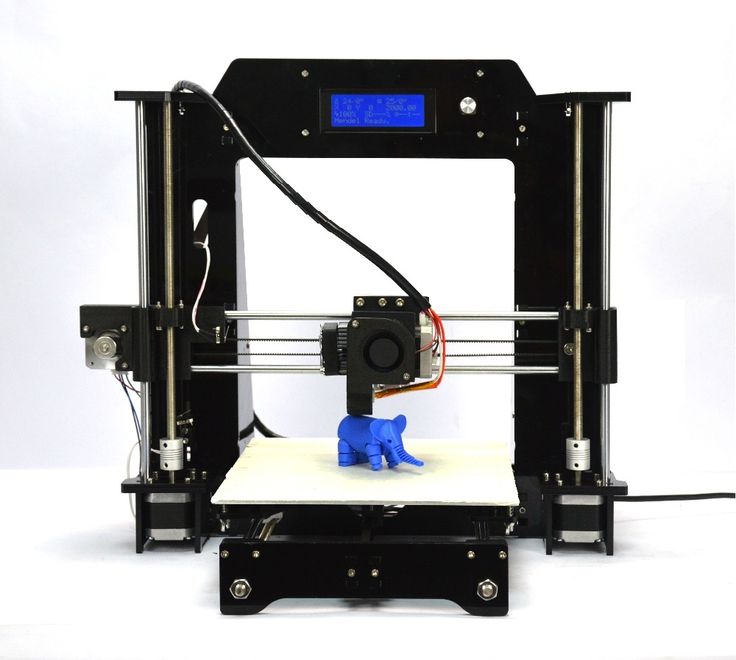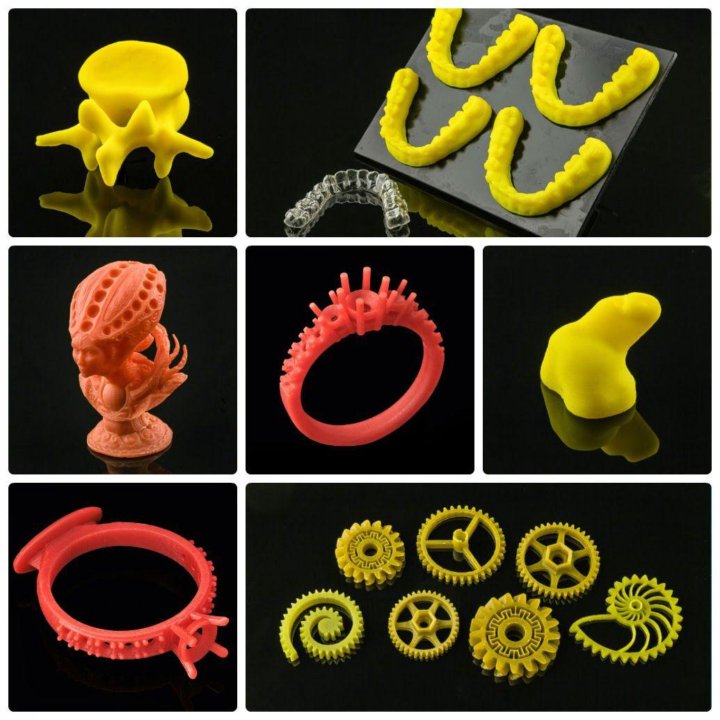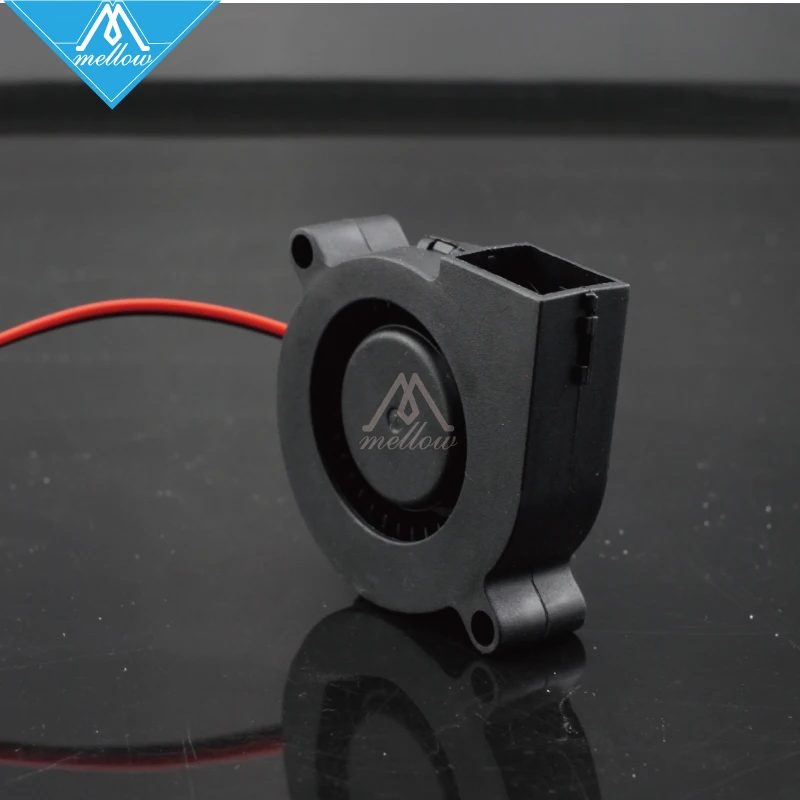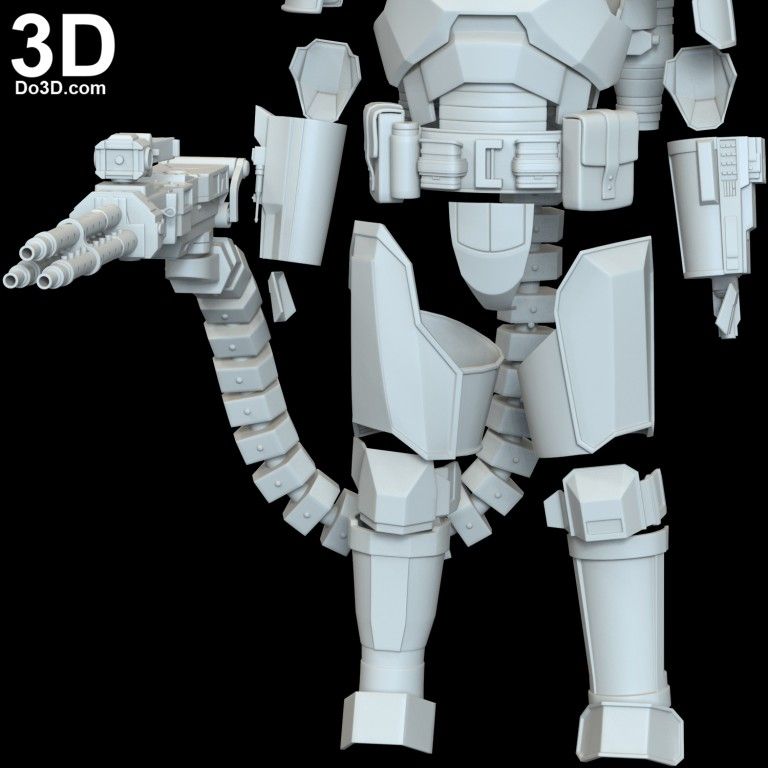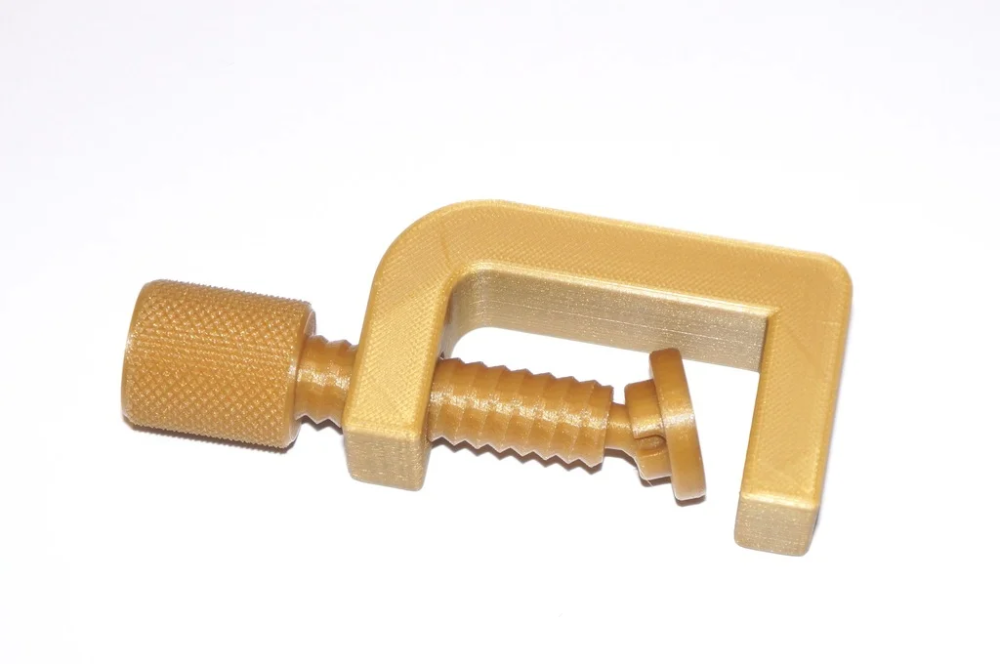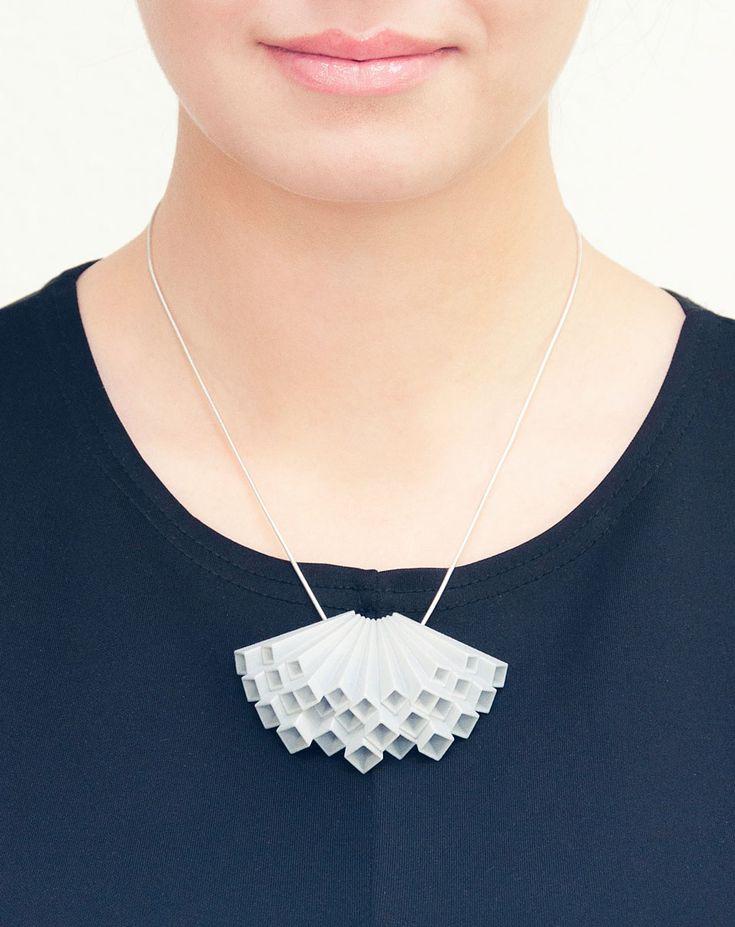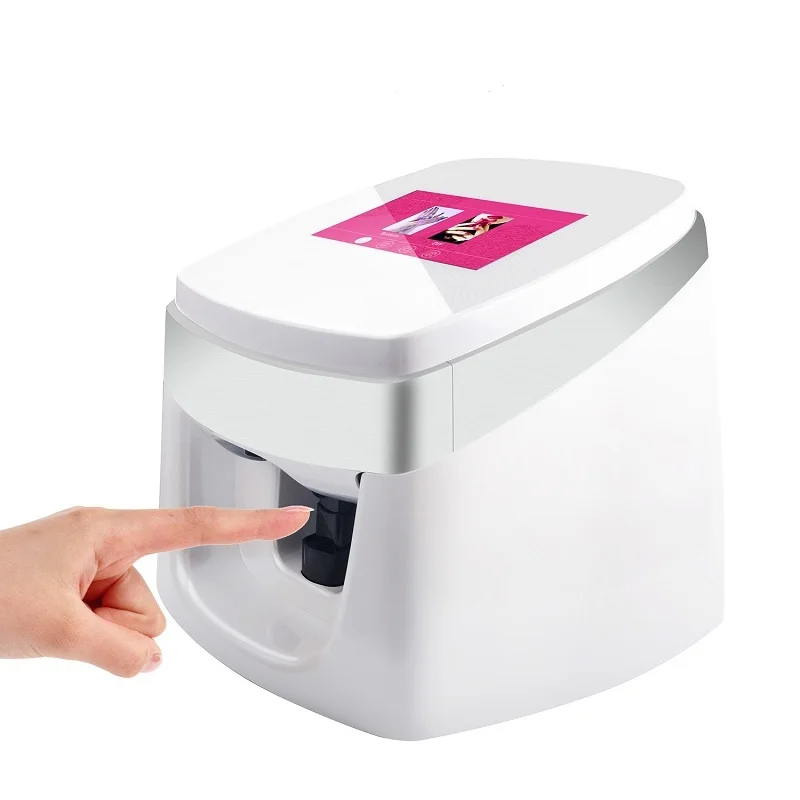Katjes 3d printer
Katjes creates gummies with 3D printer
The Magic Candy Factory, as the gummy 3D printer is known, is expected to be released in the US, UK and Germany by 2016.
The printer takes about five minutes to create gummy candy weighing between 15 g and 20 g. Katjes said other 3D printer prototypes can take nearly an hour to make the same product.
Melissa Snover, managing director of Katjes Fassin UK, told ConfectioneryNews that she and the company’s R&D team have been working around the clock over the past year in an effort to develop the printer.
The machine uses real fruit puree and vegetarian gels to produce the 12 shapes and 10 colors and flavors from the machine. It will also have the ability to create custom, gummy-based greeting cards.
How it started
German headquartered firm Katjes has been creating gummies and similar candies for more than 100 years and started looking at creating 3D printer prototypes last year through its UK subsidiary. Snover said they wanted to make candy customizable.
“There are a lot of people developing food printers, but none of them have actually reached the market yet. We are the first,“ she said. “It was full-throttle work from myself and our R&D team.”
There were plenty of challenges in getting the machine up to speed, according to Snover, as all of the ingredients used for gummies needed to be redeveloped.
One problem is that the ingredients usually used to create gummies would make the final product inedible, formless mush for three days. The company needed to find a way for the product to keep its consistency and shape while remaining vegan.
“Another challenge is that [3D] printers are all over the place, but not for this type of material,” Snover said. “We were able to take some learning from mainstream printers, but we really had to create customer solutions when it came to the way that our codes work. We had to rewrite the way our machines would look at the code and material and the way the material behaved. ”
”
A current challenge is that the first-ever prototype, now in operation at the company’s Berlin location, does not yet have user-friendly software that will be needed to easily operate the machine for retail customers. Snover said they are working on implementing more user-friendly software and expect it to be ready over the next few months.
An expanding customer base
Customers can have custom gummies printed online and at the company’s Berlin shop over the next few months, Stover said.
Following the multinational rollout in 2016, the evolution of Katjes’ 3D printer will likely get very interesting. Snover believes the Magic Candy Factory can create more than just gummies.
“We do believe every consumer has a place in kitchen for 3d printing for food,” she said. “We’re already looking at doing different disciplines in the future. The more and more capabilities our product has, the more it makes sense for it to be a wider system.”
The more and more capabilities our product has, the more it makes sense for it to be a wider system.”
The company is now looking into the possibility of customized boiled candy, chewing gum and chocolate with the machinery, among other types of 3D printed food.
The personalized, custom market
While 3D printing candy sounds like a huge shift, Snover said the biggest shift in the industry is already happening across all food: Personalization and customization.
“The reason for that is customization gives people a sense of importance,” she said. “That’s not a trend; it’s a basic human need. Everyone everywhere likes to feel important. Being able to create unique products that feel special and make it just for you fills that need.
“That is the trend I think is the most exciting for the customer worldwide that has happened in a long time. We as manufactures are giving the entire power back to the consumer to create whatever they want, wherever they want it exactly how they want it. ”
”
Katjes Magic Candy Factory Shows Off 3D Sweets Selfies at ICM Confectionery Trade Show - 3DPrint.com
My favorite candy in the entire world is Twizzlers. I’m crazy about them…I get a big package of them every year in my Christmas stocking, and sometimes for my birthday; my parents even sent me off to college one year with a giant box of them! I don’t care how old I am, I will also never stop biting the ends off an individual Twizzler and using it as a makeshift soda straw at the movies, and sometimes even at home (please don’t tell my dentist). If there were a way for me to 3D print Twizzlers from the comfort of my own house, I would never set foot in the candy aisle of a grocery store ever again. But until someone invents a 3D Twizzler printer, at least there’s the Katjes Magic Candy Factory 3D gummy printer, which we’ve followed since its tasty beginning.
Back in 2015, the CEO of German candy-making company Katjes teamed up with Melissa Snover, who founded an organic confectionery brand called Goody Goody Stuff, and together they created the Magic Candy Factory. This delicious factory is basically just two modified 3D printers, controlled through a custom-designed app, that have paste extruders capable of 3D printing candy shapes in five minutes. Users can choose a variety of shapes, or even words, to be 3D printed on a piece of edible paper, and then sprinkle sugar on top, or spray it with a variety of flavors and glitter. The candy itself is obviously packed with sugar, but is also gluten-free, dairy-free, and vegan-friendly. The standard cost for a single 3D printed piece of gummy candy is roughly €5 ($6.00).
This delicious factory is basically just two modified 3D printers, controlled through a custom-designed app, that have paste extruders capable of 3D printing candy shapes in five minutes. Users can choose a variety of shapes, or even words, to be 3D printed on a piece of edible paper, and then sprinkle sugar on top, or spray it with a variety of flavors and glitter. The candy itself is obviously packed with sugar, but is also gluten-free, dairy-free, and vegan-friendly. The standard cost for a single 3D printed piece of gummy candy is roughly €5 ($6.00).
The Boy Who Lived, turned into a Gummy [Image: Magic Candy Factory via Facebook]
The Magic Candy Factory had its world debut in the Candylicious confectionery store in the Dubai Mall last year. From there, a store in Ireland’s Dublin Airport got one, and it finally made its grand arrival in the US in the summer of 2016. Since its inception, the company has now introduced a total of 100 Magic Candy Factory 3D gummy printers. One of the Magic Candy Factory’s newest gummy innovations, that has lots of celebrities excited, are 3D Sweets Selfies.
One of the Magic Candy Factory’s newest gummy innovations, that has lots of celebrities excited, are 3D Sweets Selfies.
Snover, now the managing director of Katjes-owned Magic Candy Factory, explained that when the candy 3D printer first debuted, they thought people would be more interested in making 3D candy shapes, but as it turns out, customers would rather personalize their candy. The Magic Candy Factory team was at the ISM, the world’s largest confectionery trade fair, in Cologne earlier this week, and was busy 3D printing gummy selfies for conference attendees the whole time. So, how do 3D printed gummy selfies work? It’s actually very simple.
3D Sweet Selfies at ICM 2017 [Image: Magic Candy Factory via Facebook]
Customers can simply take a selfie on their phone and send it in, or if they’re on site with the printer, take a photo in the Magic Selfie Booth. The image is then converted to an “instant candy code,” which is sent to the printer. Customers can choose from one of eight colors and flavors, including Luscious Lemon and Gorgeous Green Apple, and the selfie is 3D printed within five minutes. The selfies cost a little more than the regular gummy candies: the suggested consumer price is $10 for an A5 sheet.
Customers can choose from one of eight colors and flavors, including Luscious Lemon and Gorgeous Green Apple, and the selfie is 3D printed within five minutes. The selfies cost a little more than the regular gummy candies: the suggested consumer price is $10 for an A5 sheet.
“When people are live in one of our own stores or one of our partner outlets, they’re able to actually create a memory and have an engagement experience, which is something that’s lacking from a lot of retail right now and I think it’s necessary to get people back into the stores and office,” Snover told ConfectioneryNews at ICM.
For customers who aren’t on site at one of the eight Magic Candy Factory locations or 25 partner retailers that sell the 3D printed selfies, they can still buy the candy online. What’s even cooler is that if the customer wants to see their face being 3D printed into a cool gummy candy selfie, employees with the Magic Candy Factory will send them a time-lapse video of their 3D Sweets Selfie being printed, so they can still “see the magic happening before their eyes. ” Customers can also share this video on their own social media accounts.
” Customers can also share this video on their own social media accounts.
So, what’s next for Magic Candy Factory?
Snover says, “At the moment, we’re really focusing more on how do we optimize the concept and how do we grow it into alternative ways, so things like amusement parks, events industry, places that you wouldn’t think of as a traditional first place to look at for candy, because the Magic Candy Factory is not just candy, it’s experience as well.”
The company is already seeing some corporate clients who are interested in 3D printing their logo on gummy candy, and some consumers who want to make personalized experiences for birthday parties, or even weddings. Snover says they are expecting to announce a partnership with a large theme park later this year.
Take a look at this ConfectioneryNews video to learn more about 3D Sweets Selfies. Discuss in the Magic Candy Factory forum at 3DPB.com.
Stay up-to-date on all the latest news from the 3D printing industry and receive information and offers from third party vendors.
Tagged with: 3d food printer • 3d printed candy • 3D printed gummies • 3d printed gummy • 3D Printed Gummy Candy • 3d printed selfie • 3d printed selfies • 3D Sweets Selfie • candy • candy 3d printer • ICM • katjes • Magic Candy Factory • the magic candy factory
Please enable JavaScript to view the comments powered by Disqus.
Large format 3D printing on Colossus 3D printer
3D printing
we have the necessary equipment. We are talking about Colossus, a huge additive system capable of printing plastic and composite products almost three meters long.
Colossus
This huge 3D printer was not invented by us, since our company is primarily engaged in the development and production of consumables. But we print on it when our customers require large-sized polymer or composite parts. The system comes from Belgium and is designed by the company of the same name - Colossus. The name is appropriate, because together with the auxiliary equipment, this 3D printer occupies a seven-meter shipping container.
The size of the construction area of this machine reaches no less than 2.7x1.25x1.5 meters. The choice of consumables is also great: the equipment “digests” any polymers with an extrusion temperature up to 280°C, including ABS, PLA, PETG, Flex elastomers and many others.
Pure polymers are not limited, as Colossus is able to work with high-strength glass and carbon-filled composite materials from various pellet manufacturers, including proprietary materials from REC - X-Line and Clotho. Even better, this 3D printer can recycle recyclable materials, including plastic waste.
Extruder
Printing products in the meter range using conventional filaments for 3D printers is impractical, so Colossus works directly with granular materials. The granulate is dried with special equipment, and then fed into a screw extruder with a 7 mm nozzle. The material is then melted and applied layer by layer until the whole product is "grown". This scheme allows to achieve much higher productivity, reaching 15 kg / h. In practice, everything depends on the material used and the settings, so the average productivity is about three to five kilograms per hour, which in itself is a lot and orders of magnitude higher than the performance of 3D printers working with filaments.
This scheme allows to achieve much higher productivity, reaching 15 kg / h. In practice, everything depends on the material used and the settings, so the average productivity is about three to five kilograms per hour, which in itself is a lot and orders of magnitude higher than the performance of 3D printers working with filaments.
Drying and granulate supply unit (left) and heated vacuum platform (right)
All polymers are subject to heat shrinkage to some extent, in some cases quite significant. The larger the dimensions, the stronger it manifests itself, and the higher the risk of deformation or even separation of the product from the platform during 3D printing. To combat this unpleasant phenomenon, three solutions are provided at once. Firstly, printing is carried out in a closed volume, which helps to stabilize the background temperature. Secondly, a vacuum platform is used, which has a positive effect on the adhesion of the material to the working surface. Thirdly, the platform itself is heated, again helping to combat premature and uneven shrinkage.
Thirdly, the platform itself is heated, again helping to combat premature and uneven shrinkage.
3D printed composite
Sounds good, you say, but what about examples?
With pleasure! The illustration below shows a chair "freshly printed" with our new glass-filled rPETG composite. The new composite is now undergoing final tests.
Pro self composite
This material combines good weather resistance with the inherent ease of 3D printing of PETG and high strength due to the presence of a reinforcing filler. PETG and materials based on it have a fairly low shrinkage, and therefore are excellent for large-format 3D printing. Last but not least, this composite is manufactured is made from recycled polymer and is therefore offered at a very low price for materials in this class.
If the products will not be subjected to high loads, and the main role is played by cost, you can resort to conventional plastics for 3D printing. Functional products can be made with ABS or PETG polymers, for decorative purposes such as advertising installations or interior decorations, PLA (polylactide) can be used, and for outdoor use, UV-resistant ACA is perfect.
Functional products can be made with ABS or PETG polymers, for decorative purposes such as advertising installations or interior decorations, PLA (polylactide) can be used, and for outdoor use, UV-resistant ACA is perfect.
Ask questions - we will be happy to answer.
Best regards, REC3D team.
Colossus
Subscribe to the author
Subscribe
Don't want
20
amazing cases and a little more interesting / Sudo Null IT News At the meetup, my colleague told a lot of interesting things on this topic, and even delivered his printer to the office, with the help of which he clearly demonstrated the process of creating various objects.
At this meetup, I learned a lot of new things that I never even had to think about before. In general, after, I decided to study the issue in more detail. As a result, this article was born.
Probably only lazy people don't talk now and aren't interested in this topic at all. The industry is no longer new, but is gaining momentum every day: it is predicted that by 2021 3D printing will become a multi-billion dollar industry (about $ 21 billion). First of all, this is because now everything that is needed for 3D printing is becoming more and more affordable - printers, materials, open source modeling software.
The industry is no longer new, but is gaining momentum every day: it is predicted that by 2021 3D printing will become a multi-billion dollar industry (about $ 21 billion). First of all, this is because now everything that is needed for 3D printing is becoming more and more affordable - printers, materials, open source modeling software.
Many European schools are already buying printers and teaching 3D modeling to children. Everything evolves: there are more and more models with advanced and sometimes unimaginable possibilities.
Just imagine - without leaving your home, spending a little time getting to know the program and a couple of 3D printing guides, and quite a bit of money, you can create a lot of things: from a simple plastic toy to all sorts of fixtures, tools.
It seems that soon everything will be possible to print on such printers. There are some interesting cases that, if presented in the right order, can very clearly demonstrate the evolution of 3D printing.
The first thing that comes to mind is custom razor handles. The guys from the Boston startup Formlabs once decided to print pens - different designs, colors, materials - it received a wide response. Now they are partners with Gillette. Anyone can go to their website and come up with their own handle design. It remains only to wait until the parcel arrives.
Another interesting case from adidas is that they recently released Alphaedge4d sneakers with a 3D printed polymer sole. Manufacturers promise that such a sneaker sole will provide greater stability, support for the foot and improved cushioning.
There are two more intersecting, rather touching stories that have been thundering in all the world's media for quite a long time. An inventor in Washington posted a video demonstrating a model of a prosthetic hand that anyone can download and print on a 3D printer. The father of a little boy who was born without fingers was inspired by the idea to create a prosthesis for his son, and successfully realized it. A suitable printer cost about $2,000 (by the way, a prosthesis designed by orthopedic companies would cost several tens of thousands on average), and the cost of plastic needed to print one prosthesis is only about $10.
A suitable printer cost about $2,000 (by the way, a prosthesis designed by orthopedic companies would cost several tens of thousands on average), and the cost of plastic needed to print one prosthesis is only about $10.
The second story is about carpenter Richard from South Africa who lost his fingers in an accident at work. It was expensive to buy a prosthesis, so he armed himself with a 3D printer and the help of a familiar designer, and as a result, they succeeded. It has a more complex mechanism and is more functional than the prosthesis from the first story, but it was still inexpensive. Thanks to the media, the public became interested in this story. Now Richard is helping a lot of people by printing similar prostheses for next to nothing.
There are many more stories about the use of 3D printing in prosthetics, of course, most of them relate to dentistry and orthopedics. But there are too many to fit in one article. Here I only talk about those that inspired me the most.
3D printing is also widely used in industry. There are giant printers that are capable of printing huge metal parts - even for airplanes and rockets, and there will be no need to assemble anything - a 3D printer will print a ready-made one-piece version.
There is a Big Delta 3D printer - 12 meters high and 6 meters in diameter, which can “print” budget houses ... And what is there, there is a StarGate printer that can print an entire space rocket. It is called a 3D printer, although, in fact, it is a mini-factory based on robotic systems.
Now tissues and organs are being printed to the fullest. Skin, muscles, cartilage, liver, bladder. They are already being transplanted and they take root well, just like other donor organs. Isn't that amazing?
The process of creating an object is quite simple. The first stage is, of course, the idea and thinking about how to implement it. Do you want to create something simple or something complex? If some simple figure is enough for you, then all you need is to load the finished model into a special program, or create it. But if you need something more complex, then you may need to design some parts first, print them and assemble them. Post-processing may be required. A lot depends on the printer and what you want to print.
But if you need something more complex, then you may need to design some parts first, print them and assemble them. Post-processing may be required. A lot depends on the printer and what you want to print.
A wide range of printers is now available. The main differences are in the layering method and the materials used. Some methods rely on melting or softening materials to create layers: these include selective laser sintering (SLS), selective laser melting (SLM), direct metal laser sintering (DMLS), fusing deposition printing (FDM or FFF). Another area is the production of solid models by polymerization of liquid materials, known as stereolithography (SLA).
Only FDM and SLA are suitable for home printing. The second one is better in quality, but it's more of a hassle, you need an ultrasonic resin cleaner, plus the resin can be toxic.
When you have already decided on the complexity, and you know the type of printer, you need to follow a simple plan: create a model, set the slicing and start printing.



